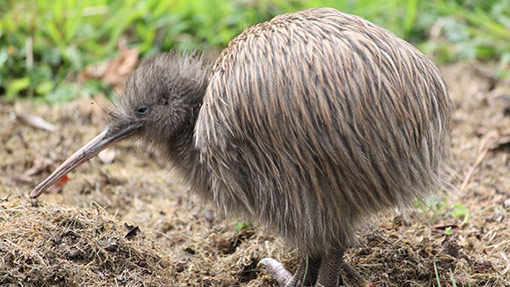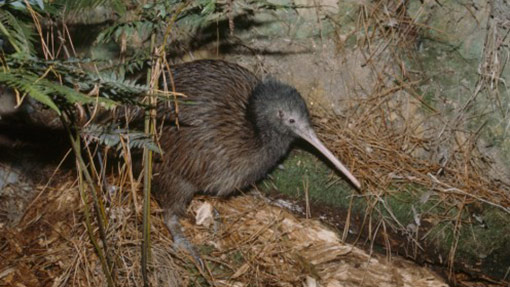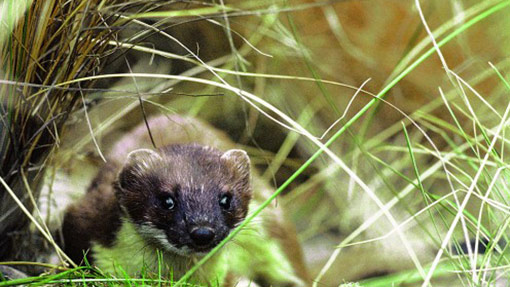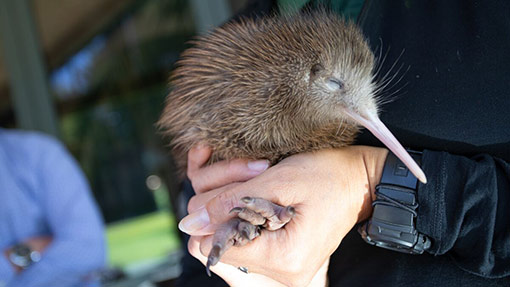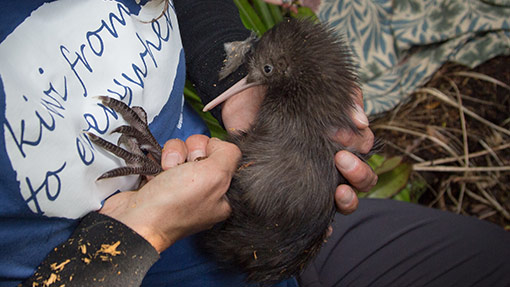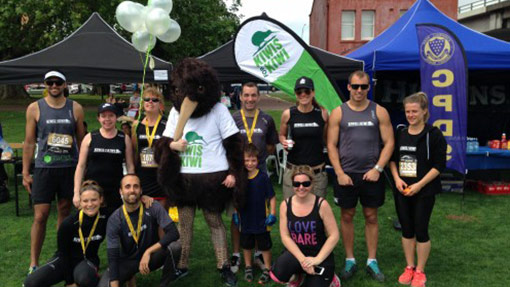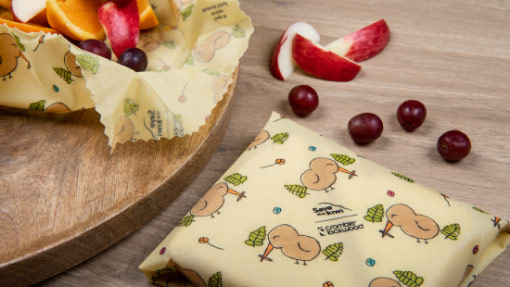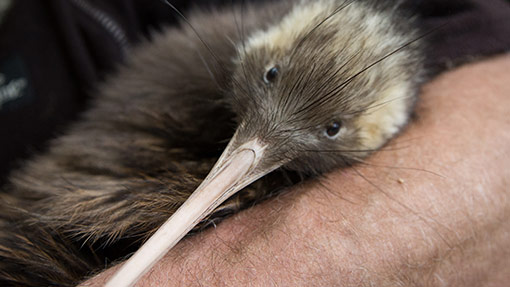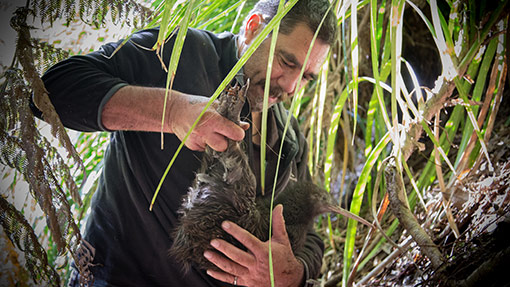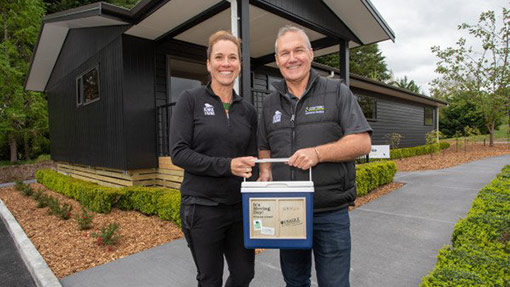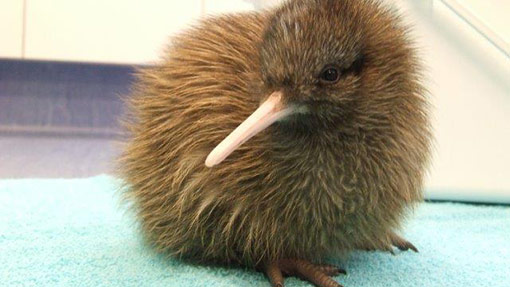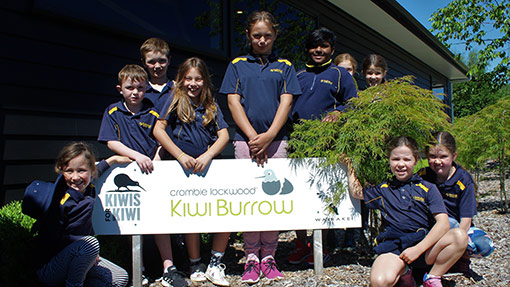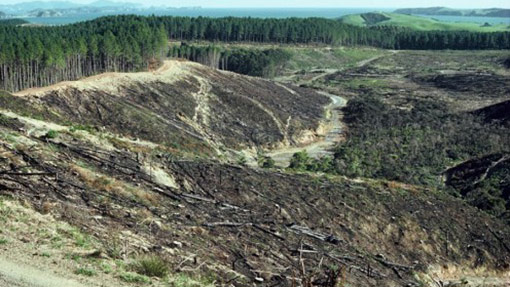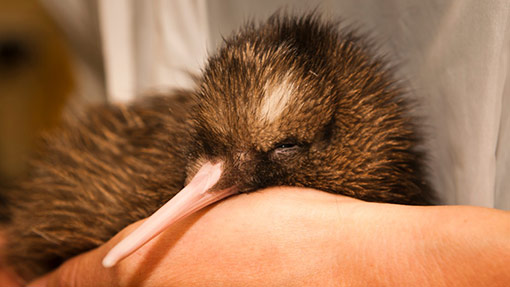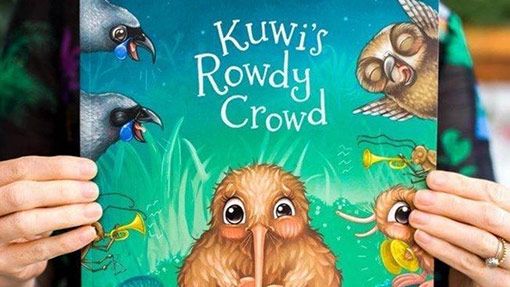Threats to kiwi
Kiwi used to thrive in Aotearoa for millennia and numbered in their millions, their piercing calls filling the inky night. But in just a few hundred years, widespread clearing of forest and introduced predators have seen kiwi numbers crash.How many kiwi are left?
It’s estimated there were once about 12 million kiwi, but by 1998 the population had plummeted to fewer than 100,000 birds. By 2008 that figure had fallen even further, to about 70,000. Today it’s estimated there are around 68,000 kiwis left and unmanaged kiwi populations continue to decline by 2% every year.
In areas where kiwi are being managed, the situation is improving and many populations are stable or increasing. These places include Department of Conservation kiwi sanctuaries, community-led projects (many of them sponsored by Save the Kiwi), and offshore island sanctuaries.
There is no room to relax, however. Many kiwi live outside managed areas and these populations are expected to continue to decline. Even within managed areas, uncontrolled dogs can kill many birds very quickly and still remain a big problem.
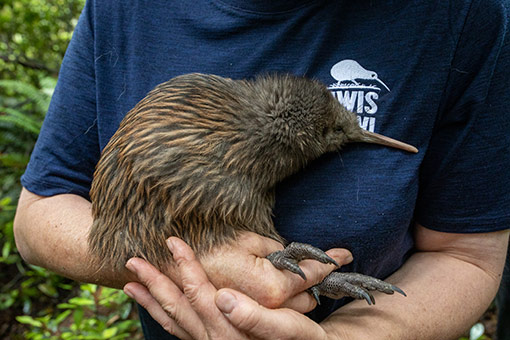
The hard facts
%
of all kiwi eggs fail to even hatch
%
of chicks that do hatch are dead within six months
%
of chicks are killed by stoats or cats
%
die of natural causes or at the jaws and claws of other predators
%
of kiwi chicks make it past six months old
%
or less reach adulthood
Why are kiwi going extinct?
Kiwi are being driven to extinction by three main threats: predators, lost habitat, and fragmented kiwi populations.
Kiwi have few defences against introduced predators like stoats and ferrets, and their native forest habitat has been dramatically reduced to make way for human habitation and farmland. Add the effects of early hunting and trapping, and kiwi populations are now fragmented and vulnerable.
As kiwi populations decline and become fragmented, sex ratios skew and the effective breeding population further declines, which could become a downward spiral towards extinction.
Predators & pests
Aotearoa, a land of birds, had no land-based mammalian predators before people introduced them. These are now the main threat to the kiwi’s survival.
Loss of habitat
The state of New Zealand’s landscape has radically changed because much of our forests have been cleared to make way for farmland.
Fragmented kiwi populations
Habitat loss and predation of kiwi have seen kiwi populations decline and become separated from each other.
Learn more about kiwi
Kiwi species
All kiwi are the same, right? Wrong. There are actually five different species of kiwi, all with their own unique features.
Where to see kiwi
Many facilities around New Zealand are home to kiwi, plus there are places where, if you’re lucky, you could see one in the wild too.
How you can help
Many hands make light work. Keen to join the mission to save the kiwi? Here are some ways you can help.
Protect kiwi
For kiwi to thrive, we all need to work together. Find out what you can do to help save the kiwi, wherever in Aotearoa you happen to be.
Fundraise
To continuing saving the kiwi, conservation groups need funding. Support the mission by making a donation, setting up a fundraising project, or engaging with other fundraising initiatives.
Shop for kiwi
Show your support for Save the Kiwi and some of our wonderful sponsors by purchasing products that will help us do more of what we do.
Donate
Make a quick donation, donate a day of annual leave or invest to save the kiwi.
Awhina mai ki a hoki te kiwi ki te wao tapu nui a Tāne
Help return kiwi to where they used to live
Donations over $5 are tax-deductable in Aotearoa. Thank you for supporting kiwi conservation.
